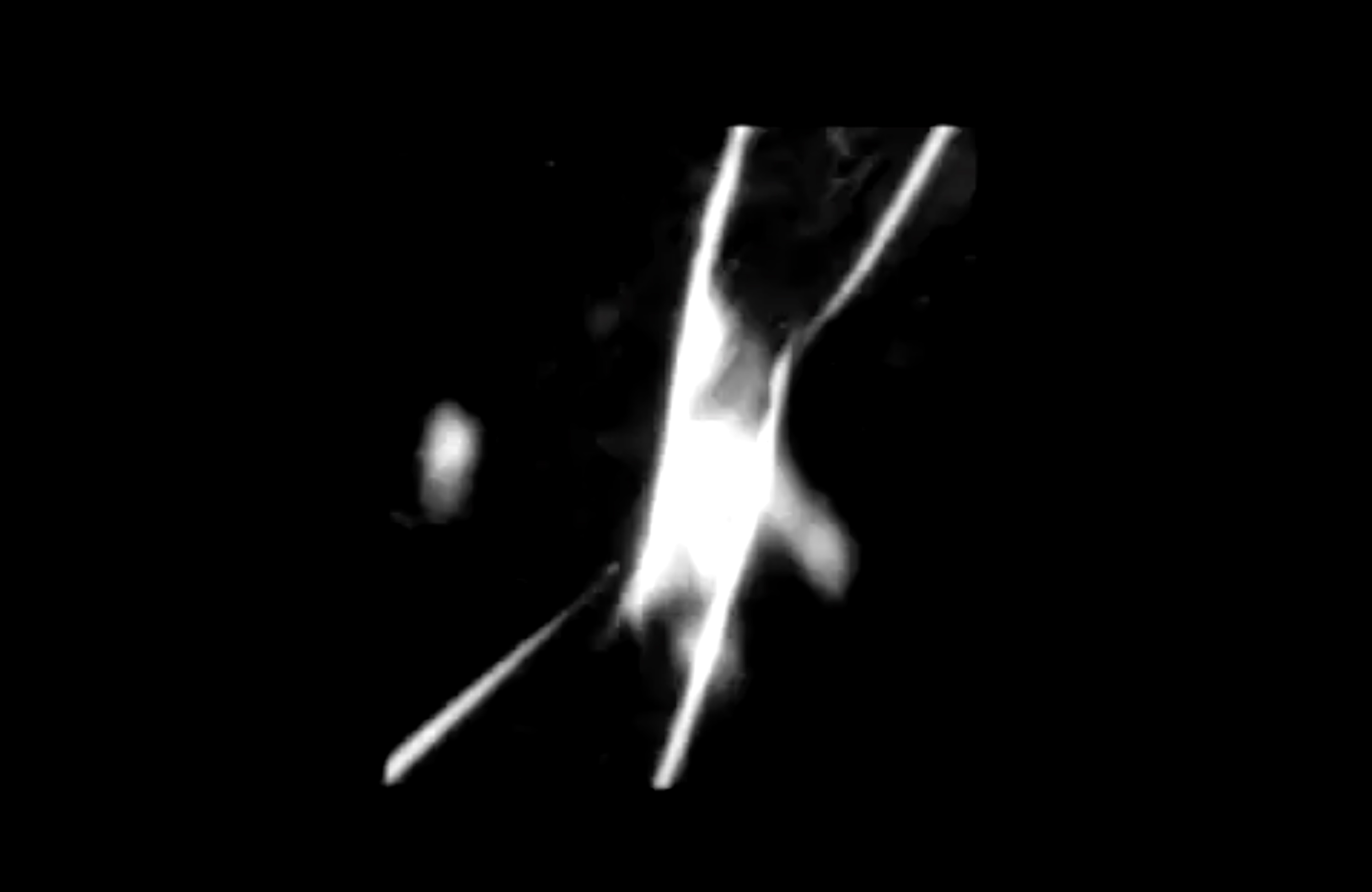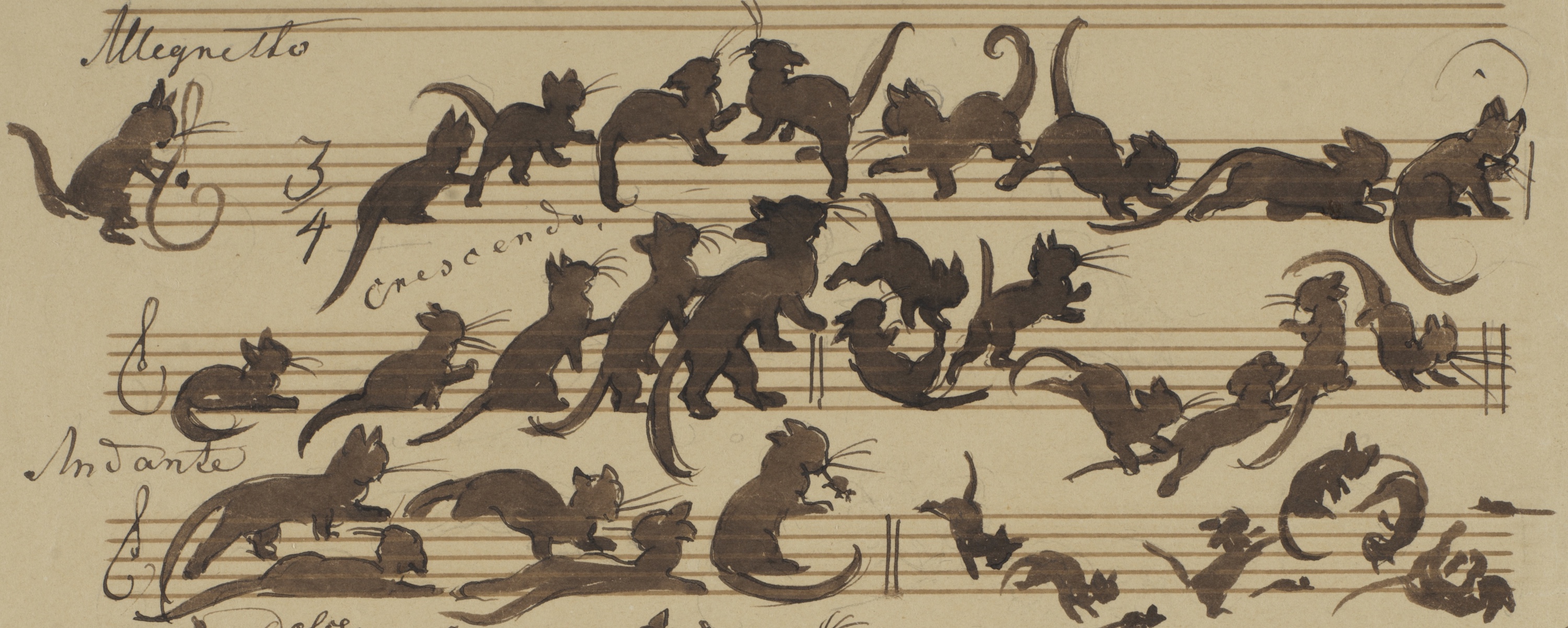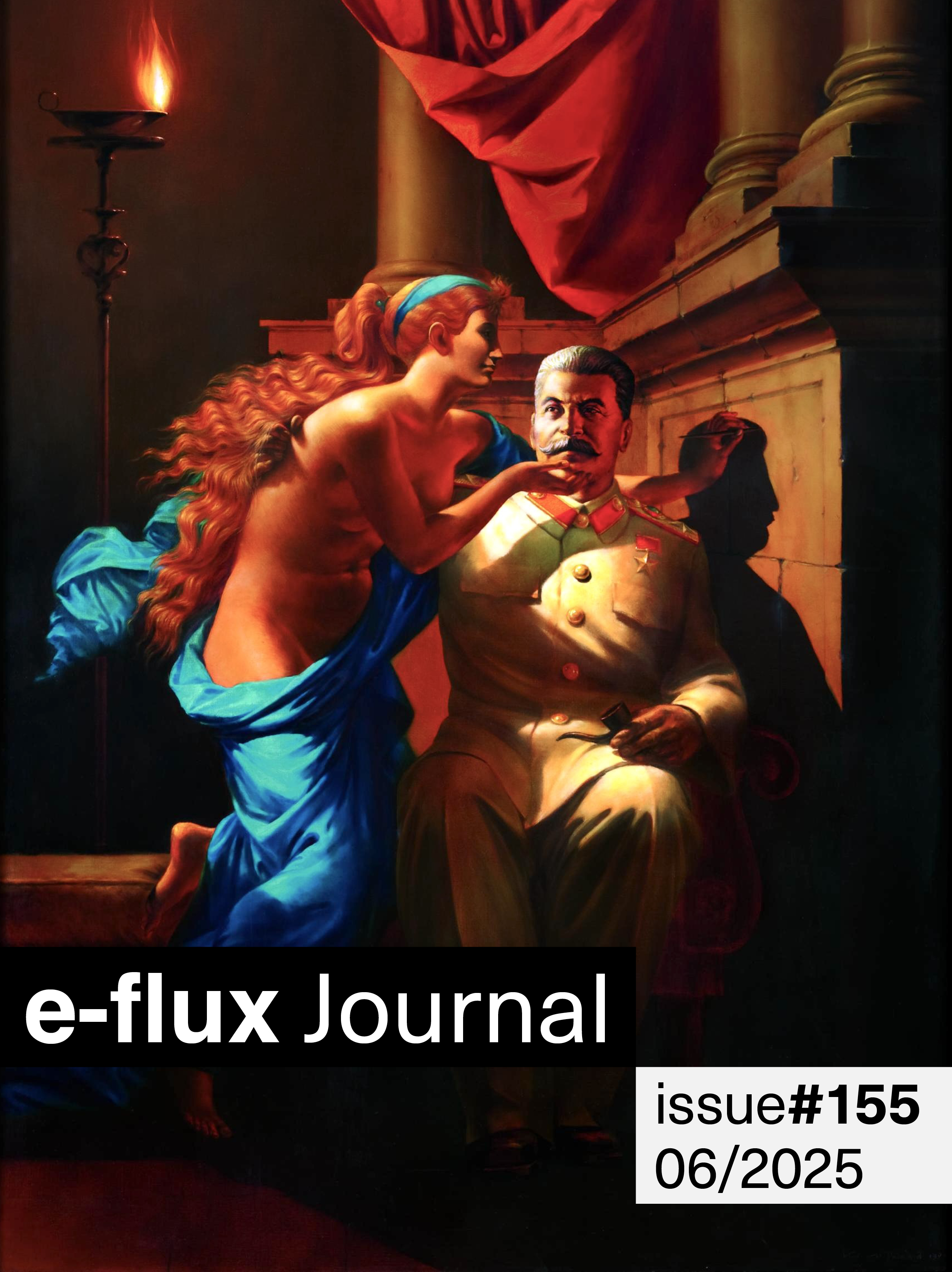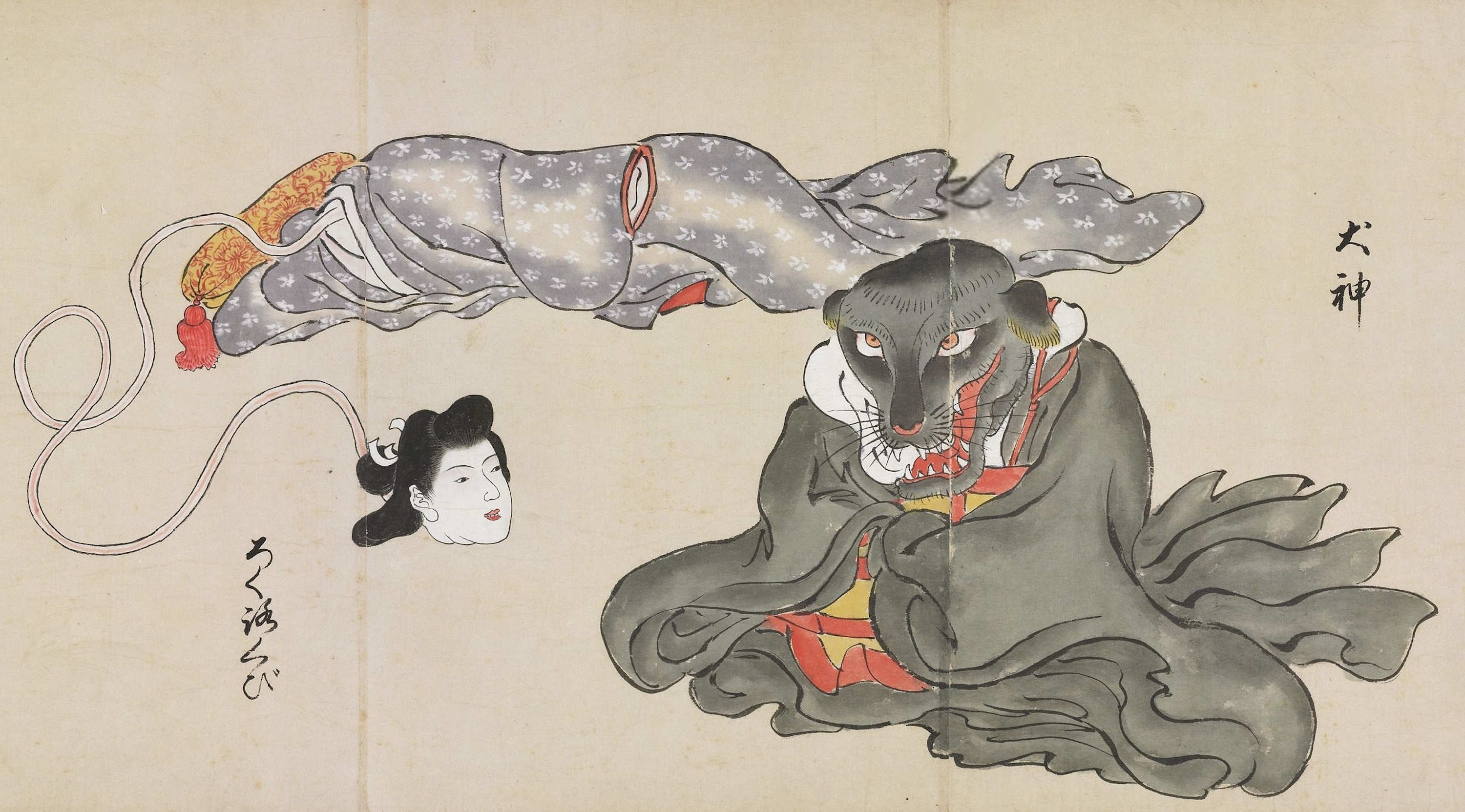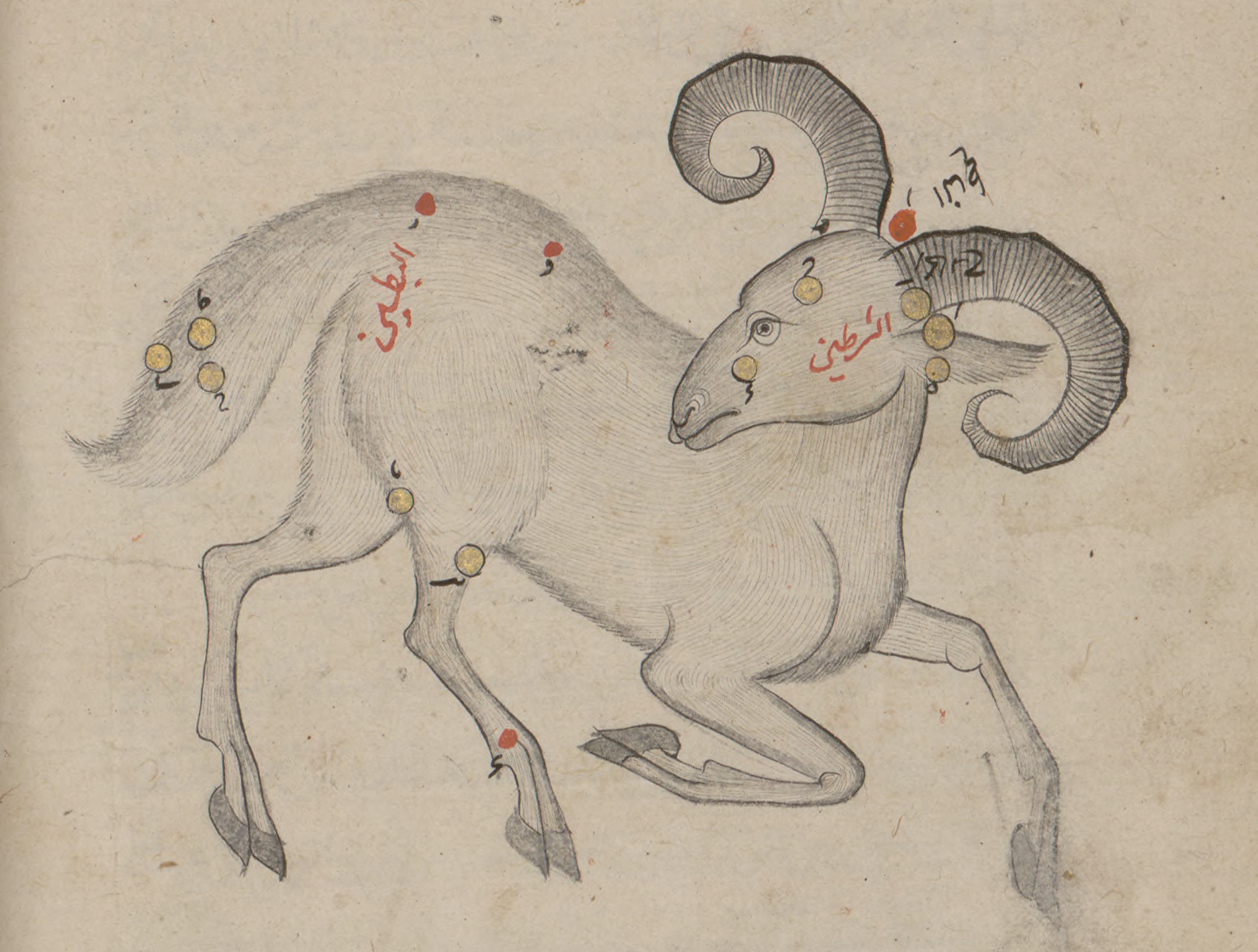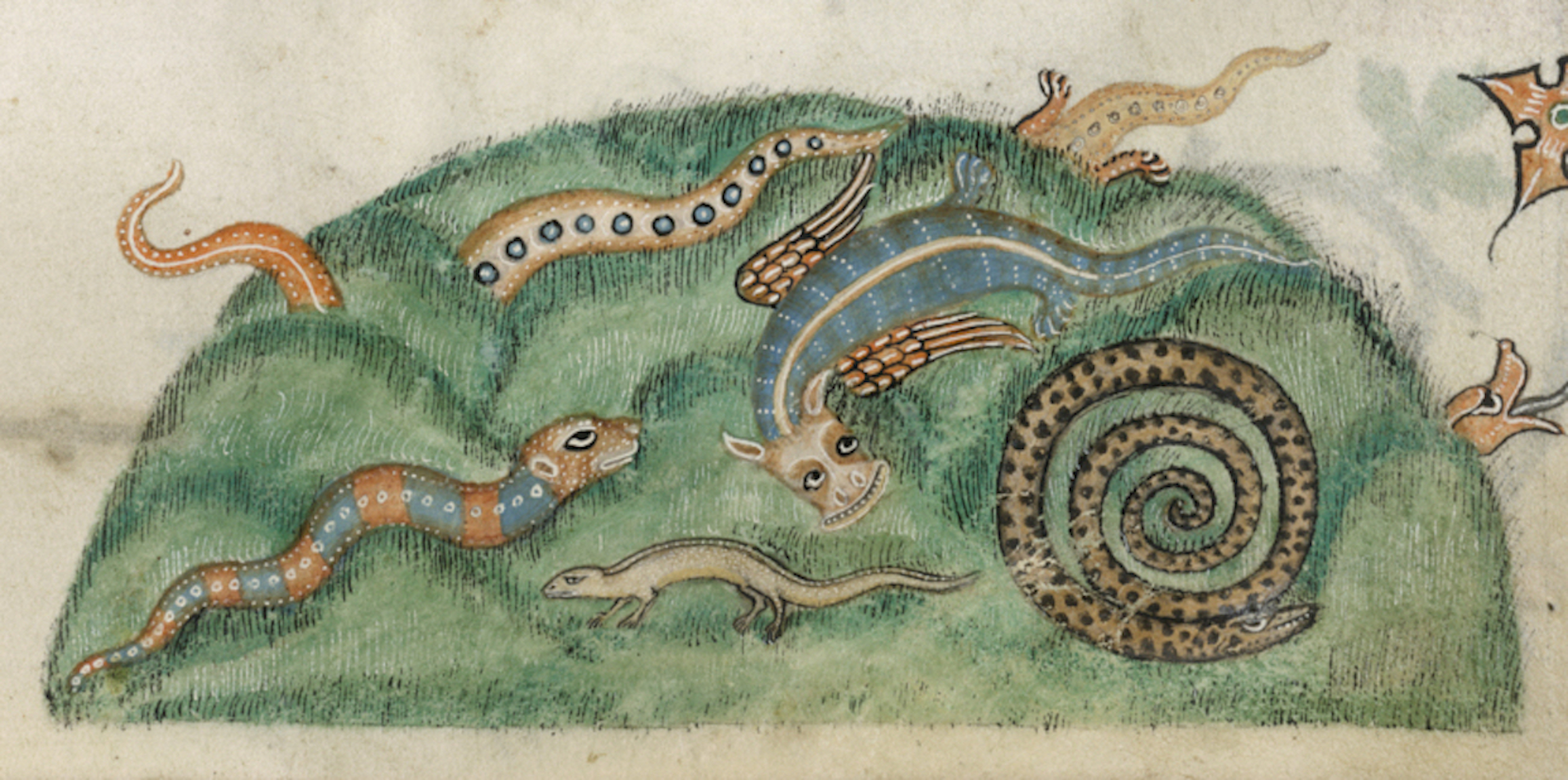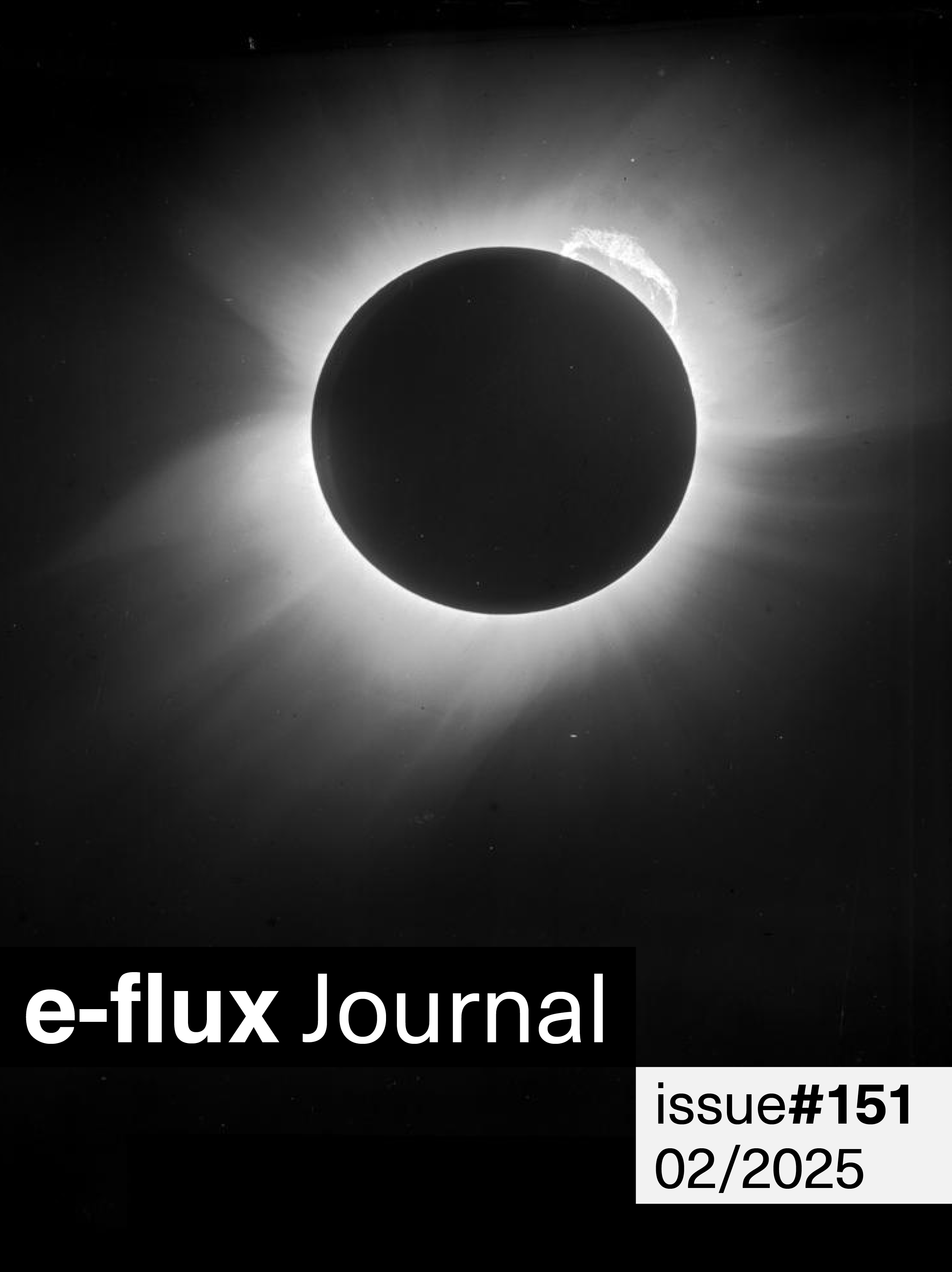In 2018 a play entitled Ways of Seeing was staged at Black Box Teater in Oslo, setting in train a series of events that seems to “foreshadow so many of the conflicts” that have taken cultural observers elsewhere “off guard.” 1 The work by Pia Maria Roll, Hanan Benammar, Sara Baban, and Marius von der Fehr highlights links between the country’s right-wing politicians and the billionaire patrons of its most influential (formal and informal) media networks—systems of power familiar to readers around the world—to reflect on who profits from the stoking of racist, ethno-nationalist, and anti-immigration sentiment. Without wanting to go into the details here, the production sparked a backlash orchestrated by the same networks, the accusations of which were picked up and repeated in supposedly responsible newspapers and at the highest levels of government.
The affair climaxed in 2020, after the Minister of Justice resigned and his partner, Laila Bertheussen, was convicted of having set alight her own car, graffitied the facade of their house with a swastika and the word rasisit [sic], and made anonymous threats to family members as part of a smear campaign against the artists responsible. Even leaving aside the black comedy—on completing her prison sentence, Bertheussen last year premiered a performance artwork called Public Enemy as the first step towards a post-carceral career in the visual arts—the events raise questions that feel urgent in the age of culture war: why are smears convenient to certain arrangements of power so quick to spread? How can art be protected from political interference ranging from physical intimidation to the withdrawal of funding? And why do politicians care so much about a work of theater likely to be seen—before they raised it to national fame—by a fractionally small percentage of the population who are likely to be of a different political persuasion?
Naturally these questions warrant lengthier consideration than this short missive allows, though they might color your reading of the reviews to be published this month, but I was struck by a remarkably sanguine quote from the theater’s artistic director. One of the “drawbacks” of the present media landscape, Anne-Cécile Sibué-Birkeland notes, is that it can be “more about mere reporting of opinions rather than commenting on and analyzing them. And in such a situation, the most strident opinion wins.”2
The tendency, exaggerated by social media, either to affirm or reject entire any position based on its summary by a short caption creates a situation in which the most reductive and emotive expressions are the quickest to circulate (for “expressions,” we might also circulate “artworks” or “ideas”). Criticism, at least in the form that this publication aspires to support, is not a means of amplifying received wisdoms but a mode of independent analysis. And it should not work towards the production of soundbites that readers are expected to endorse or reject but, instead, make possible the production of diverse analyses. The reader must be encouraged by criticism to come to their own conclusions, to make their own appraisals based on the available evidence.
The aim of our reviews is not, according to this model, the manufacture of definitive opinions to be liked or shared or even angrily dismissed but a catalyst for the production of informed responses and a stimulus to the interpretative faculties of its readers. This is the media landscape to which this month’s program of reviews from around the world hopes to contribute: different perspectives all rubbing up against each other, generating the kind of friction that, like a tire against the road, might move things forward.
Here I'm quoting Natasha Marie Llorens in a discussion prompted by her allusion to the play in a review to be published later this month.
Vassilka Shishkova, "Norway: “Ways of Seeing” and how come that truth is not enough to counter fake news," IETM online (November 26, 2020): https://www.ietm.org/en/resources/articles/norway-ways-of-seeing-and-how-come-that-truth-is-not-enough-to-counter-fake-news.
